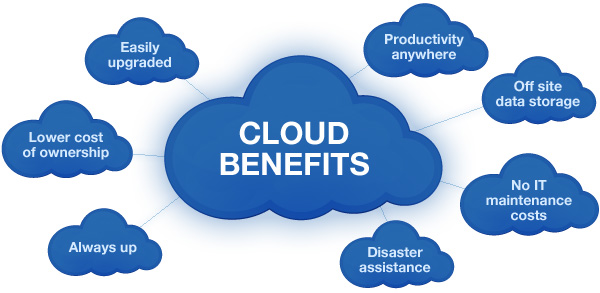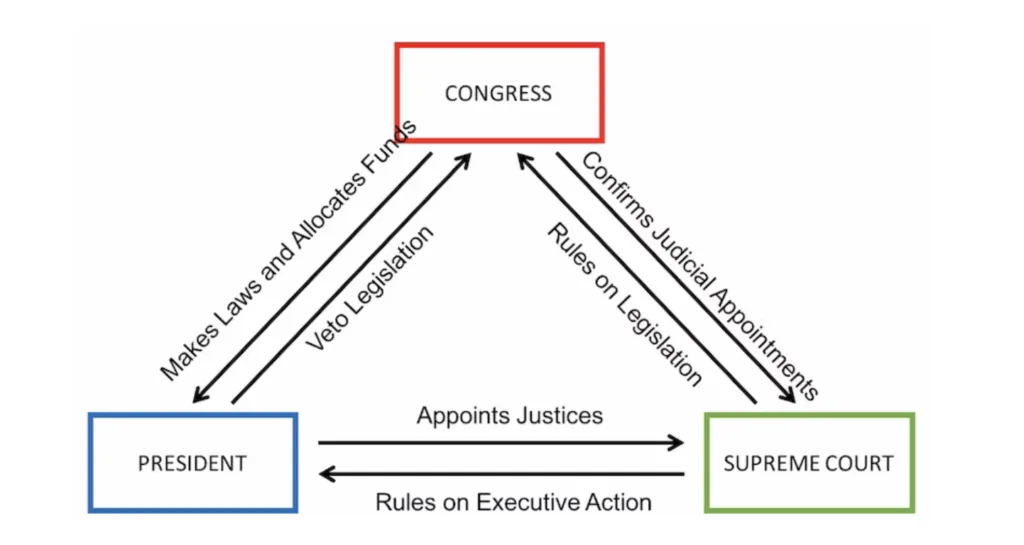Explaining the cloud computing and its advantages
Cloud computing has revolutionized the way we store, process, and access data and applications, offering a myriad of advantages.

Cloud computing has revolutionized the way we store, process, and access data and applications, offering a myriad of advantages that have transformed the technology landscape.
In this blog post, we will delve into the concept of cloud computing, exploring its fundamental principles, key service models, and deployment models. Furthermore, we will discuss the numerous advantages that cloud computing brings to the table, making it an essential component of modern-day computing infrastructure.
Understanding Cloud Computing
Before we dive into the advantages of cloud computing, let's start by gaining a clear understanding of what cloud computing is and how it works.
What is Cloud Computing?
Cloud computing is a technology paradigm that involves the delivery of computing services, including servers, storage, databases, networking, software, analytics, and more, over the internet. Instead of owning and maintaining physical hardware and software, users can access these resources on-demand from cloud service providers. These providers maintain vast data centers housing powerful computing infrastructure, which users can tap into as needed.
Key Service Models
Cloud computing offers a range of service models to cater to different requirements. The three primary service models are:
- Infrastructure as a Service (IaaS): This is the most basic cloud service model, providing virtualized computing resources over the internet. Users can rent virtual machines, storage, and networking infrastructure. With IaaS, users have control over the operating system, applications, and data, while the cloud provider manages the underlying hardware.
- Platform as a Service (PaaS): PaaS offers a higher level of abstraction by providing a platform for developers to build, deploy, and manage applications without worrying about the underlying infrastructure. It includes tools, libraries, and development frameworks to streamline application development.
- Software as a Service (SaaS): SaaS delivers fully functional software applications over the internet on a subscription basis. Users can access these applications through web browsers, eliminating the need for installation or maintenance. Popular examples of SaaS include Gmail, Microsoft Office 365, and Salesforce.
Deployment Models
Cloud computing can be deployed in various ways to suit different needs and preferences. The primary deployment models include:
- Public Cloud: Public cloud services are offered by third-party providers and are accessible to anyone over the internet. They are highly scalable and cost-effective, making them suitable for a wide range of applications.
- Private Cloud: Private clouds are dedicated to a single organization and can be hosted on-premises or by a third-party provider. They offer greater control, security, and customization options, making them ideal for businesses with specific compliance requirements.
- Hybrid Cloud: Hybrid cloud combines elements of both public and private clouds. It allows data and applications to move seamlessly between the two environments, providing flexibility and scalability while maintaining security and compliance.
Now that we have a solid foundation of what cloud computing is and its different service and deployment models, let's explore the myriad of advantages it brings to the table.
Advantages of Cloud Computing
- Cost-Efficiency: Cloud computing eliminates the need for organizations to invest in and maintain expensive hardware and software infrastructure. With pay-as-you-go pricing models, users only pay for the resources they consume, reducing capital expenditure.
- Scalability and Flexibility: Cloud resources can be scaled up or down based on demand, ensuring that users have access to the computing power they need when they need it. This flexibility is particularly advantageous for businesses with fluctuating workloads.
- Accessibility: Cloud services are accessible from anywhere with an internet connection. This enables remote work, collaboration, and access to critical data and applications, making it easier for organizations to adapt to changing work environments.
- Reliability and Redundancy: Leading cloud providers operate data centers with robust redundancy and failover mechanisms, ensuring high availability and data resilience. This minimizes downtime and data loss.
- Security: Cloud providers invest heavily in security measures, including data encryption, access controls, and threat detection. Many organizations find that their data is more secure in the cloud than on-premises due to these advanced security features.
- Automatic Updates and Maintenance: Cloud providers handle the maintenance and updates of underlying infrastructure and software, freeing up IT staff from routine tasks and ensuring that systems are up-to-date and secure.
- Global Reach: Cloud services are accessible worldwide, making them an excellent choice for businesses with a global presence. Users can access resources and data from any location, enhancing international collaboration and customer reach.
- Environmental Benefits: Cloud computing can be more environmentally friendly than traditional on-premises data centers. By optimizing resource utilization and energy efficiency in their massive data centers, cloud providers can reduce carbon footprints.
- Disaster Recovery: Cloud providers offer robust disaster recovery solutions, including data backup and replication, to safeguard data against unforeseen events. This ensures business continuity even in the face of disasters.
- Innovation and Competitive Edge: Cloud computing enables rapid deployment of new applications and services, fostering innovation. Organizations can stay competitive by quickly adapting to changing market conditions and customer demands.
Real-World Examples of Cloud Computing in Action
To better understand the practical implications of cloud computing, let's take a look at a few real-world examples:
- Netflix: The streaming giant relies heavily on cloud computing to deliver its vast library of movies and TV shows to millions of viewers worldwide. By using cloud resources, Netflix can scale its infrastructure to meet peak demand, ensuring uninterrupted streaming for users.
- Airbnb: Airbnb, the online marketplace for lodging and travel experiences, leverages cloud computing to manage its extensive database of listings, bookings, and user profiles. This allows the platform to handle rapid growth and provide a seamless experience for hosts and guests.
- NASA's Mars Rover: NASA used the cloud to support the landing and operation of the Perseverance rover on Mars. By utilizing cloud resources, scientists and engineers could process and analyze data from the rover's instruments in real-time, accelerating their research.
- Zoom: The video conferencing platform Zoom experienced explosive growth during the COVID-19 pandemic. Its ability to scale rapidly and provide reliable service to millions of users was made possible through cloud infrastructure.
Challenges and Considerations
While cloud computing offers a multitude of advantages, it is not without its challenges and considerations. Some of the common concerns include:
- Security and Compliance: Organizations must carefully manage security in the cloud, including data encryption, access controls, and compliance with regulatory requirements.
- Data Transfer Costs: Uploading and downloading large volumes of data to and from the cloud can incur additional costs, especially for businesses with substantial data needs.
- Vendor Lock-In: Choosing a specific cloud provider can result in vendor lock-in, making it challenging to migrate to a different provider in the future.
- Downtime: While cloud providers strive for high availability, downtime can still occur, impacting business operations.
- Data Privacy: Storing sensitive data in the cloud requires careful consideration of data privacy and protection measures.
In conclusion, cloud computing is a transformative technology that has reshaped the way we approach computing and IT infrastructure. Its key advantages, including cost-efficiency, scalability, accessibility, and security, have made it an indispensable tool for businesses and individuals alike.
As technology continues to evolve, cloud computing is likely to play an even more significant role in shaping our digital future. To harness the full potential of cloud computing, organizations must carefully plan their cloud strategies, addressing challenges and considerations while reaping the benefits of this dynamic and powerful technology.
What's Your Reaction?
















